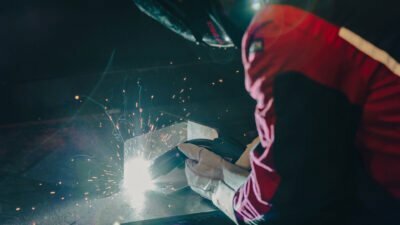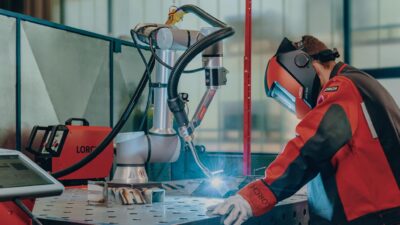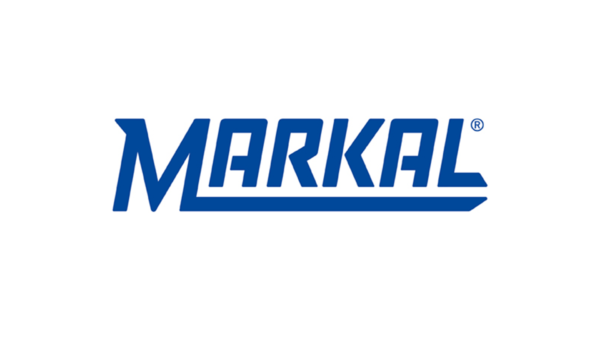Weld defects can occur in the best of workshops and invariably lead to higher costs due to re-work and downtime.
One typical defect we have seen examples of recently is incomplete fusion. Common causes of incomplete fusion include incorrect angle and/or positioning of the welding gun, incorrect weaving technique when filling a joint, travel speed too slow or too fast, inaccurate settings such as amperage too low, or contamination and/or insufficient cleaning of the base metal.
Most of these factors are under the control of the welder. There are others such as poor quality filler material or poor joint designs which contribute to incomplete fusion, but generally, as we all know, the rate of weld defects drops with good training and experience.













